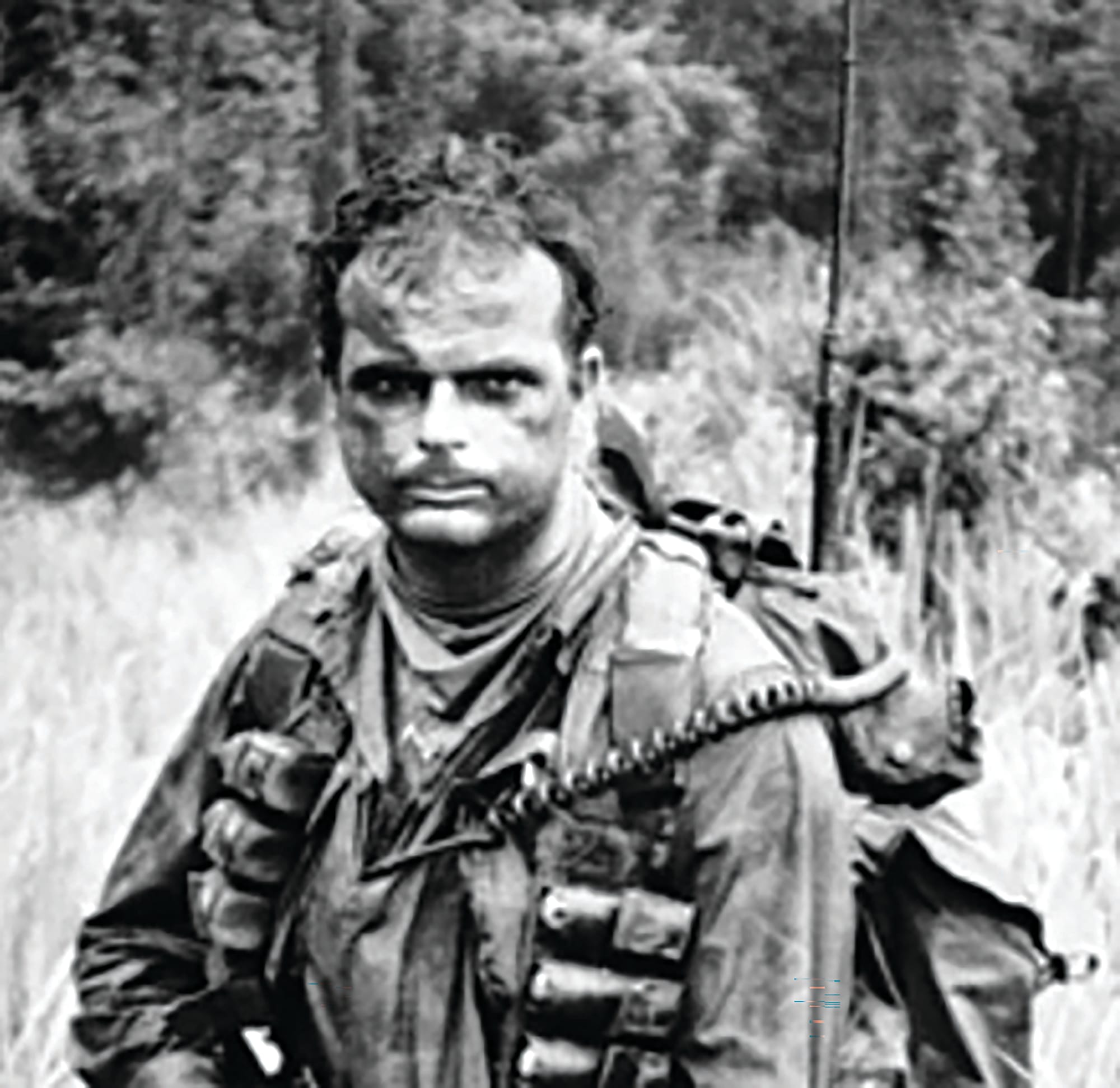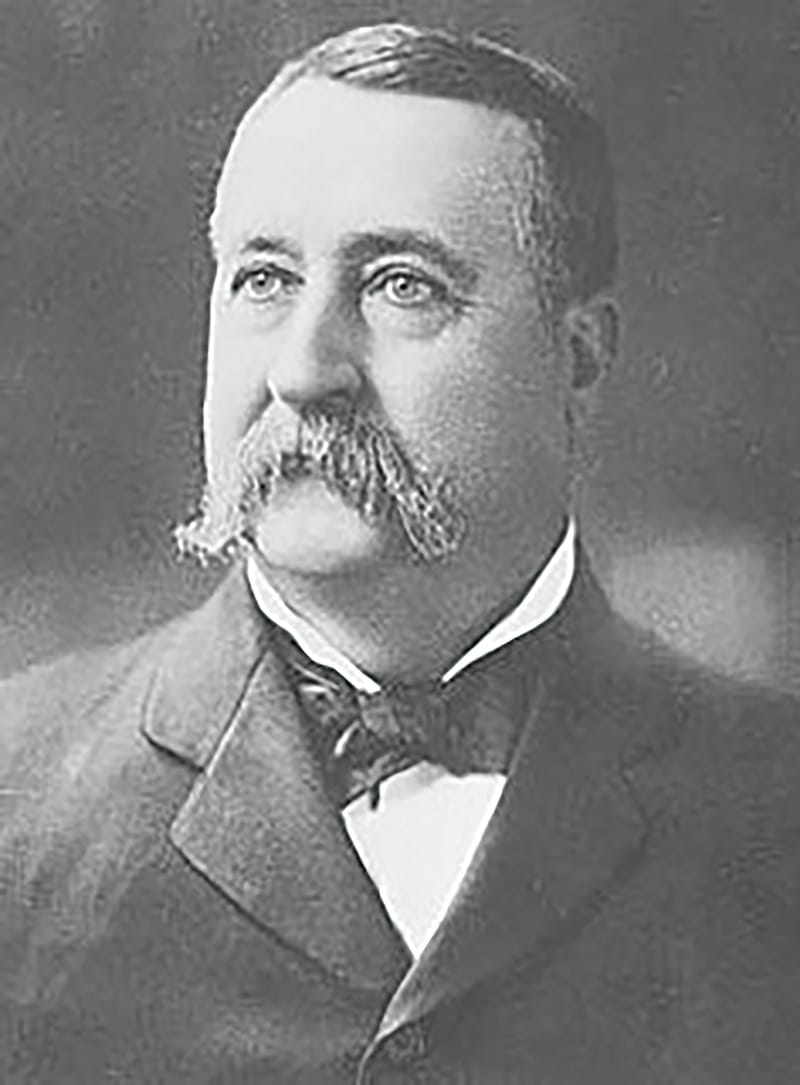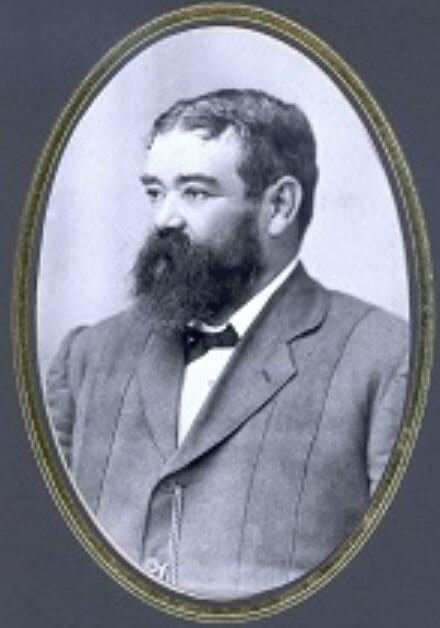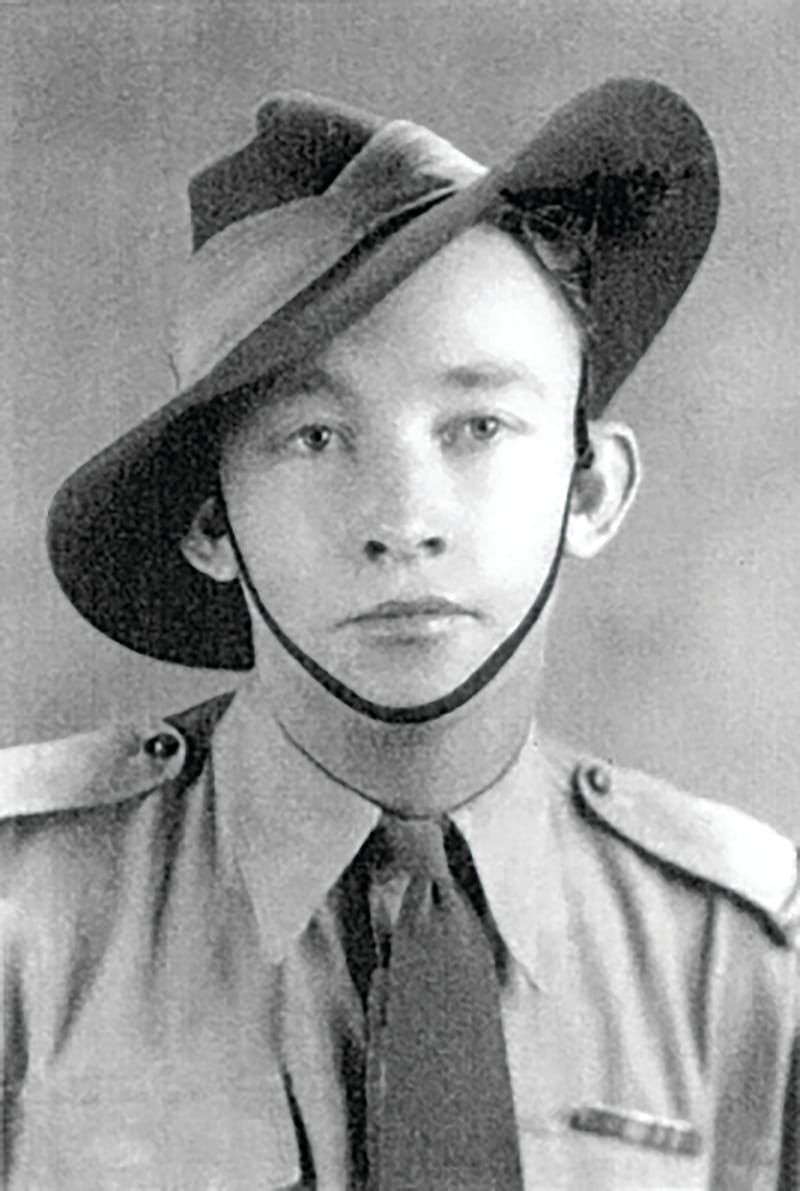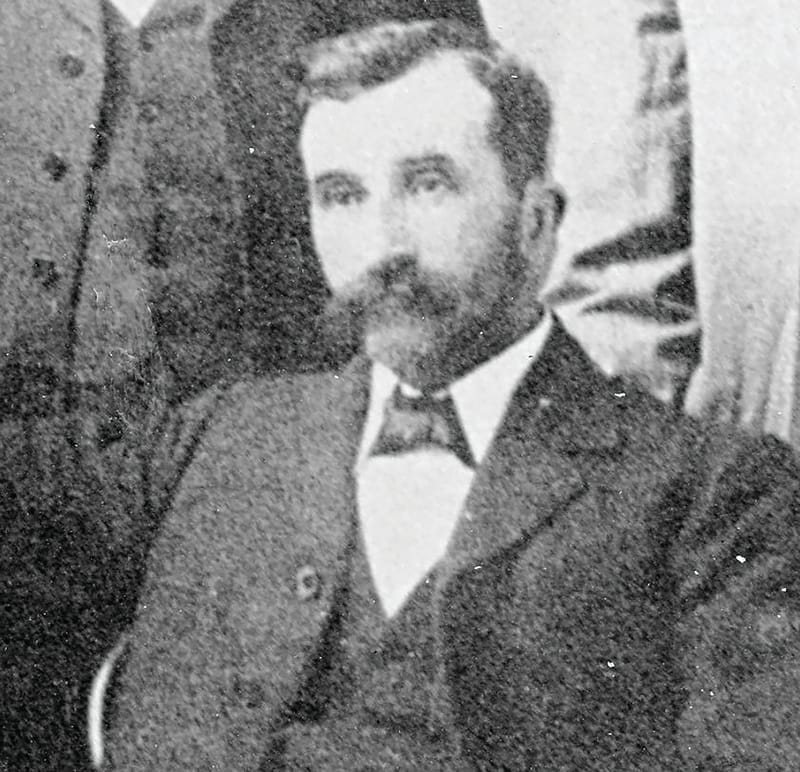Two died, two decorated in Vietnam
Contributor: GRAHAME OLD THE Vietnam war was the most controversial in Australian history since the conscription controversy of the first world war. National Service, a ballot system of conscription, was introduced in 1964. Young men suddenly found...
